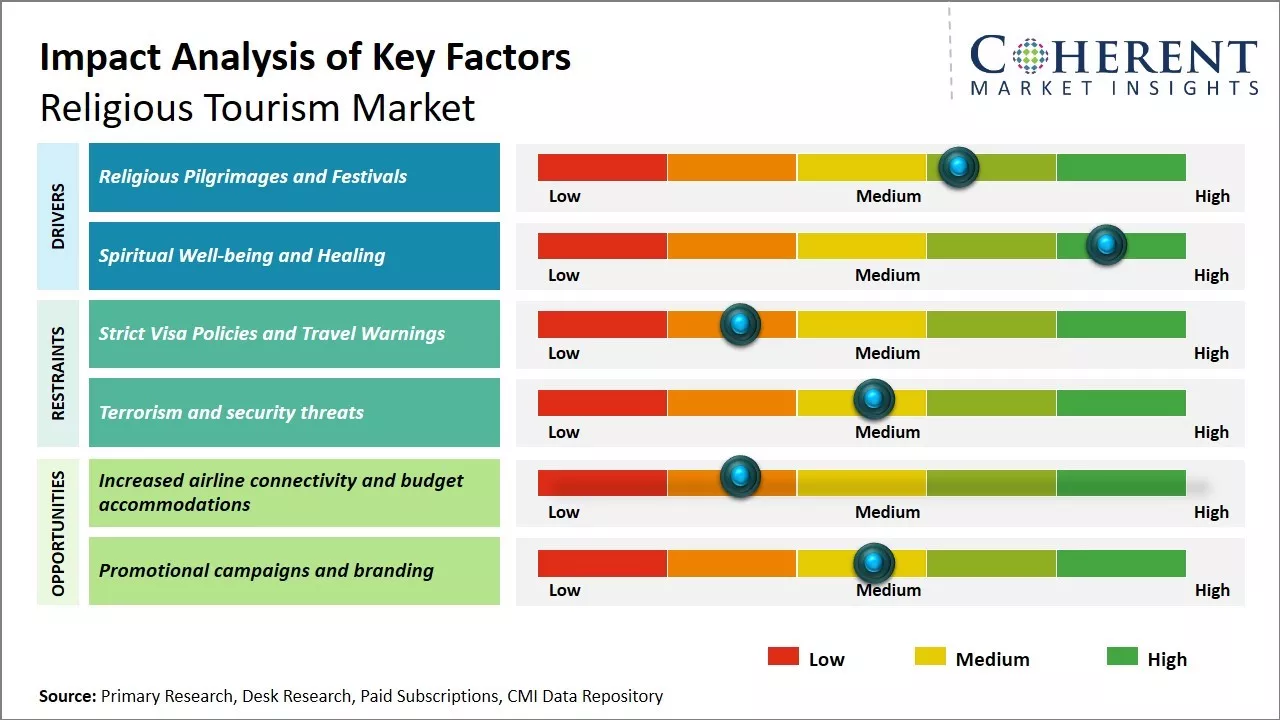The religious tourism market is estimated to be valued at USD 1,380.52 Bn in 2025 and is expected to reach USD 2,175.09 Bn by 2032, growing at a compound annual growth rate (CAGR) of 6.7% from 2025 to 2032.

To learn more about this report, Request sample copy
The religious tourism market is expected to witness significant growth during the forecast period. The rising interest of people towards religious activities and pilgrimages to sacred places is driving the market. Furthermore, improving global economic conditions and rising disposable incomes are also contributing to the increased spending on religious trips. Key destinations such as Mecca, Vatican City, Jerusalem, and Varanasi are witnessing high tourist inflow every year. However, the outbreak of the COVID-19 pandemic restricted global travel which negatively impacted the religious tourism industry in the short-term. But long-term outlook seems positive as international travel restrictions ease.
Religious Pilgrimages and Festivals
The concept of religious pilgrimages and festivals has been an integral part of many religions across the world since ancient times. People consider it their religious duty to visit places of worship and participate in festivals associated with their faith at regular intervals. This deepens their spiritual connection with their religion and gives them an opportunity to pray at holy sites. Some of the most prominent pilgrimages include the Hajj pilgrimage to Mecca that every able-bodied Muslim aims to undertake at least once in their lifetime. Similarly, adherents of Christianity consider visiting the Holy Land which includes Bible cities like Jerusalem, Bethlehem, and Nazareth as highly significant.
Other examples are religious festivals that are organized periodically at places of worship throughout the year. These festivals celebrate important events related to religious figures or commemorate significant dates. They provide an atmosphere of faith, devotion, spirituality and togetherness. The large footfall during these festivals has encouraged development of facilities for accommodation, food and other necessities in and around pilgrimage destinations and holy cities. It has made regional economies dependent on income generated from religious tourism. The increasing disposable incomes and growing middle classes in many parts of the world have contributed to rising numbers of international participants as well. This sustained demand has further spurred investments to improve infrastructure and service quality.
Joining thousands of companies around the world committed to making the Excellent Business Solutions.
View All Our Clients